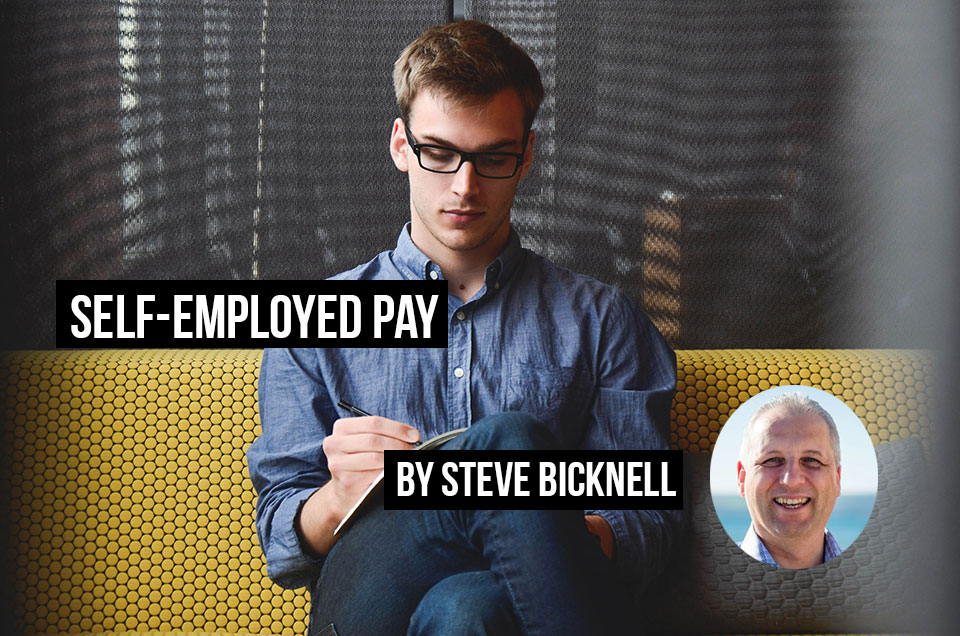In freelancing or running a small business, it can be difficult to determine how much to take out of your business to support your personal living expenses. But it is possible to determine the optimal amount, depending on your business. After all, you still need to get paid.
It can feel like you’re taking money out of your business, but it is important to support your own needs while ensuring your business can still run efficiently. It’s rare for a business to be profitable right off the bat.
So the question becomes: what is the right amount for a small business owner to be paid from their business?

Minimum wage and self-employed
Self-employed are not subject to the regulations regarding minimum wage. This means that they can set their own payment amount. In addition, if you are the only paid employee of a business, it isn’t necessary to set up the auto enrolment pension.
If your business is your sole employment - if you don’t hold another job currently, and your only income source is your business, then ideally, you should be alotting an amount above the current minimum wage and the NI Lower Earnings Limit (£116/week for the 2018/19 tax year), but below the Class 1 NIC contributions level for directors.
The Primary Threshold is £162/week, so taking into consideration the Lower Earning Limit (LEL), the total would fall somewhere between £6,032 and £8,424 per year. By earning pay that falls above the LEL, a self-employed individual will be eligible for some state benefits.
If you have employees
If you’re a small business owner with one or more employees and your business meets the earning requirements to require NI payments, then a higher amount can be paid to the director. This can then be balanced by the Employment Allowance, which reduces the business’ Class 1 NI up to £3,000.
Your business is eligible for the Employment Allowance if your business pays Class 1 insurance, however even if you have more than one employer PAYE reference, it’s only possible to claim the Employment Allowance for one.
The personal allowance for 2018/19 is £11,850, which means that all of your earnings above that amount will be taxed. After you reach the £46,350 threshold, higher tax rates apply. In addition, the new dividend cut means that the Dividend Allowance falls to £2,000 (from £5,000) in the 2018/19 tax year.
Accounting software & your pay
In order to best determine the amount of pay you should receive as a self-employed worker, it’s crucial to stay on top of your business finances. Keeping a thorough record of income and expenses is the best way to ensure that your pay is fair and fits your budget.
Accounting and invoicing software like Debitoor provides the tools to manage your incoming and outgoing cash flow, allowing to you stay on top of your business finances and better manage your budget and pay.
